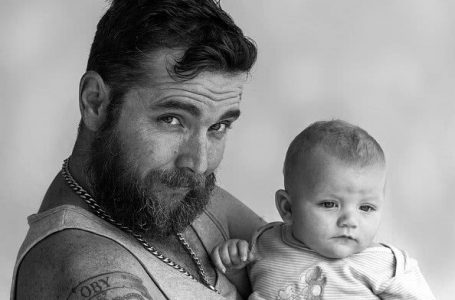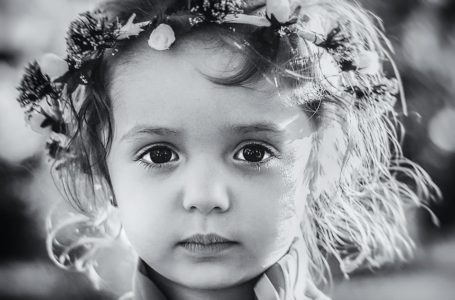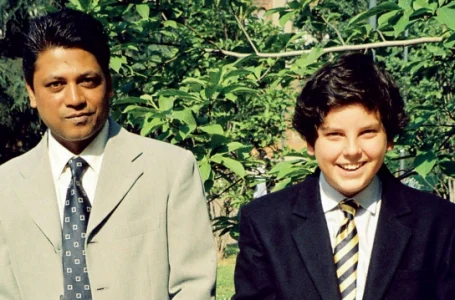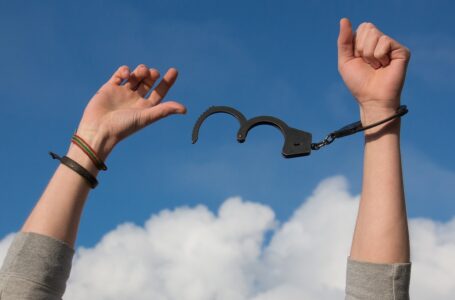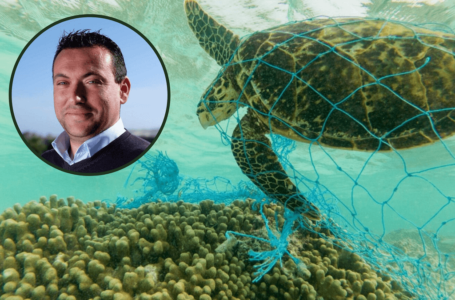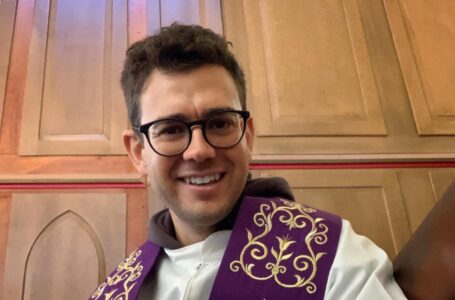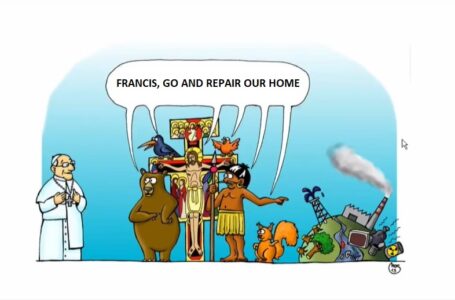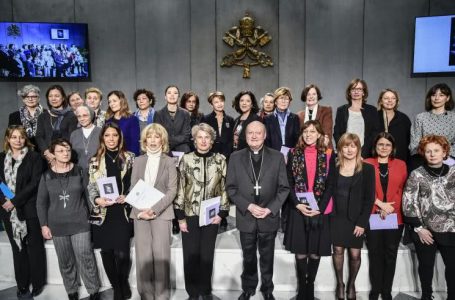The Catechesis of the Good Shepherd Explained
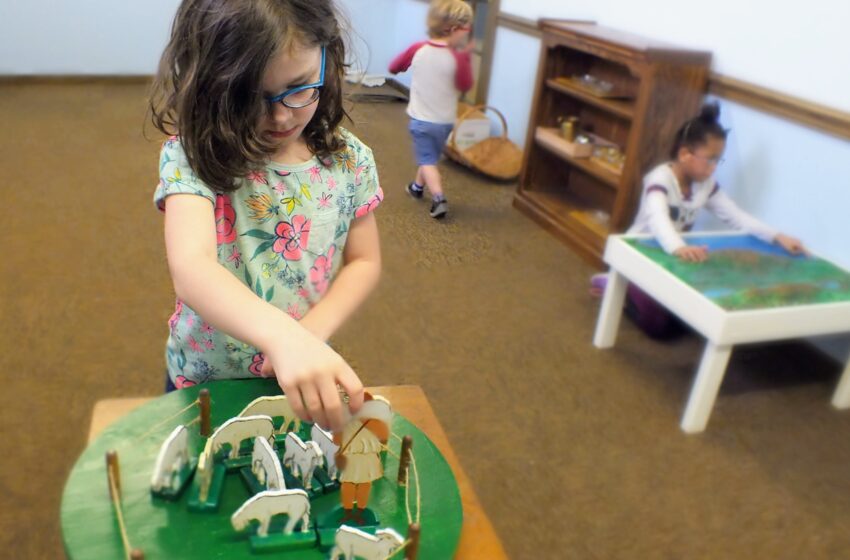
The Good Shepherd Photo: midwestdiocese.org
The Catechesis of the Good Shepherd, also known as the Montessori Catechesis, is an educational process of religious formation for children aged 3 to 12 years. This process helps children to develop an authentic prayerful relationship with God who loves them, through the use of sensorially rich materials. Good Shepherd catechist and Montessori teacher Christina Manara from Malta, shares her experience as a Catholic Good Shepherd Catechist which she has been doing since 2015. She explains why (Montessori) children educated in the Montessori way enjoy their catechism classes so much.
“Help Me Do It By Myself”
The Good Shepherd Catechesis is grounded in the renowned Maria Montessori’s way of teaching. Maria Montessori recognised the child’s need for independence in discovering his/her own capabilities when she overheard a young child saying, “Help me do it by myself”. It was not Maria but two of her followers, who started the Good Shepherd Catechism –Dr Sofia Cavalletti, a Biblical Scholar, and Prof. Gianna Gobbi, a Montessori trained educator. Sofia Cavalletti once said “The child, whom God is searching for, is asking us without words “Help me to come close to God by myself”.
Christina starts by recounting how she got to teach with this method: “I fell in love with this catechism programme after I heard nuggets of information about it. I pursued the method because I realised that it was an amazing way to reach children. The Good Shepherd Catechesis is strongly based on the Bible and the liturgy, framed by the Montessori principles of education. It is built on research, and tried and tested in practice. The Good Shepherd Catechesis is like an add-on to what Maria Montessori had already created in education.”
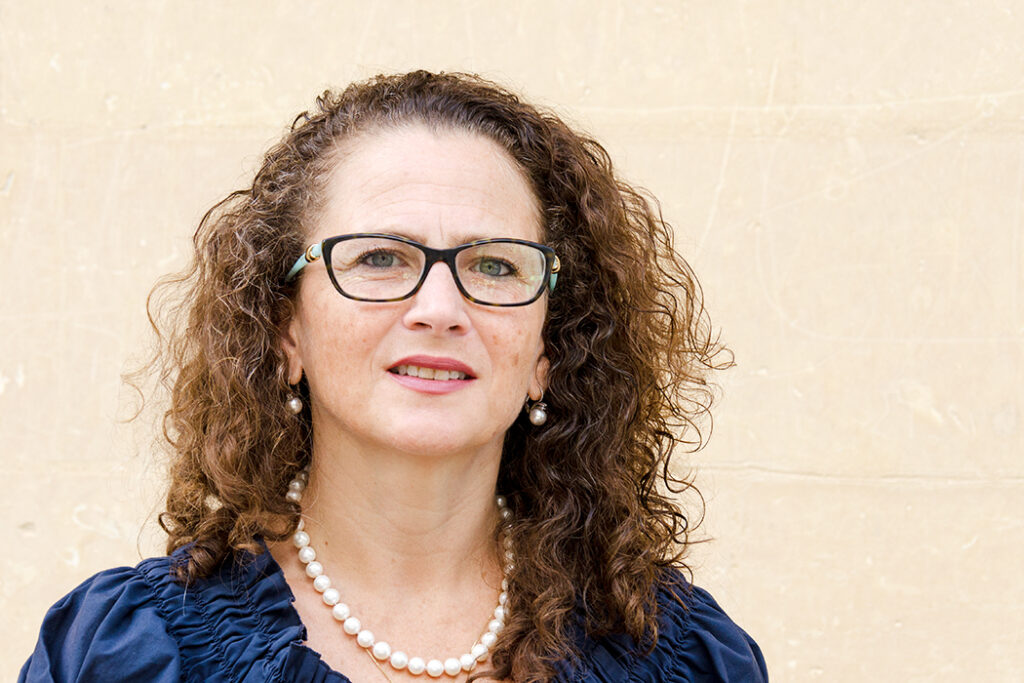
The Child In Class – “The Hands Are A Pathway To The Brain”
The Good Shepherd Catechesis doesn’t take place in a normal class with students on long benches or big chairs listening to the teacher. Instead, the room is divided into different stations. The children are given some activities to do at each station. The room is called ‘The Atrium’. Christina says that “The Atrium is a place of prayer, work and study for the children. It is very rich in resources. Resources include models of Biblical figures and of the city of Jerusalem and items used in the church like the altar and vestments. Other resources, such as hand-written prayer cards, cushions, flowers, crayons, colours, rulers and scissors are also available for the children. Children learn through stories and symbols as they explore the different stations. They train their senses to reason and construct their own philosophies. Children participate actively in discussion, by sharing and also by questioning.”
Maria Montessori believed that the hands are a pathway to the brain. So, she felt the need to give children something to do with their hands for them to understand and learn. In the Atrium children learn various tasks. Some are quite basic skills such as carrying a chair, carrying a tray, dry pouring, wet pouring and flower arranging. They also learn how to relate with others by speaking softly, greeting people, asking when they want something, and interrupting politely”
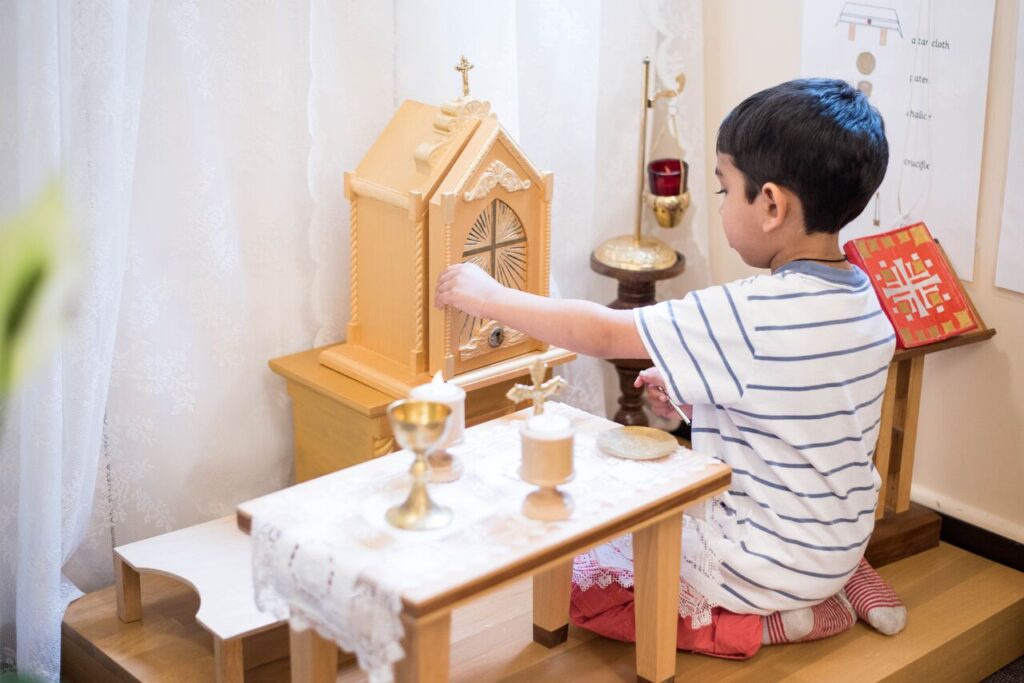
An Appropriate Environment Full Of Different Resources
Maria Montessori also emphasised the need to have a well-prepared environment, adapted for the child. The Atrium is set-up with small chairs and little tables to fit the size of a child. Maria Montessori introduced the idea of having small chairs and desks in the late 1800’s. Christina says that, “This type of catechism is not just about giving a one-hour service weekly. It involves a lot of preparation. The Atrium is prepared every week with resources in little stations organised in different areas.”
Some of the resources cannot be bought. The catechist has to prepare them. Biblical models are handmade. “Last year I spent hours making these resources,” says Christina. She adds that making these models was also a prayerful experience for her. Resources can be made in groups and catechists can also help one another. The preparation involves a lot of work but Christina says that, “One day the children will realise that these things have been made by hand, especially for them. So, they will probably appreciate them even more.”
Besides the resources Christina sometimes needs to set up the classroom every week, if she does not have a room which can be used solely as an Atrium.
The Atrium
The Atrium has the following areas: a Prayer Table, a Baptisimal Area, an Art Corner, Life in the Church, Practical Life, The Good Shepherd Area, a Geography Area, Infancy Narratives and the Paschal Mystery area. Christina says that, “These areas are always set up in the same place so that children can get used to them. The areas are not too cluttered or close to each other. If I need to change something, I tell the children and explain why. It helps children to find things in the same place, week after week, as they would find in their own bedroom. They get to know where a particular book or toy is. Children like order at this age,” she explains.
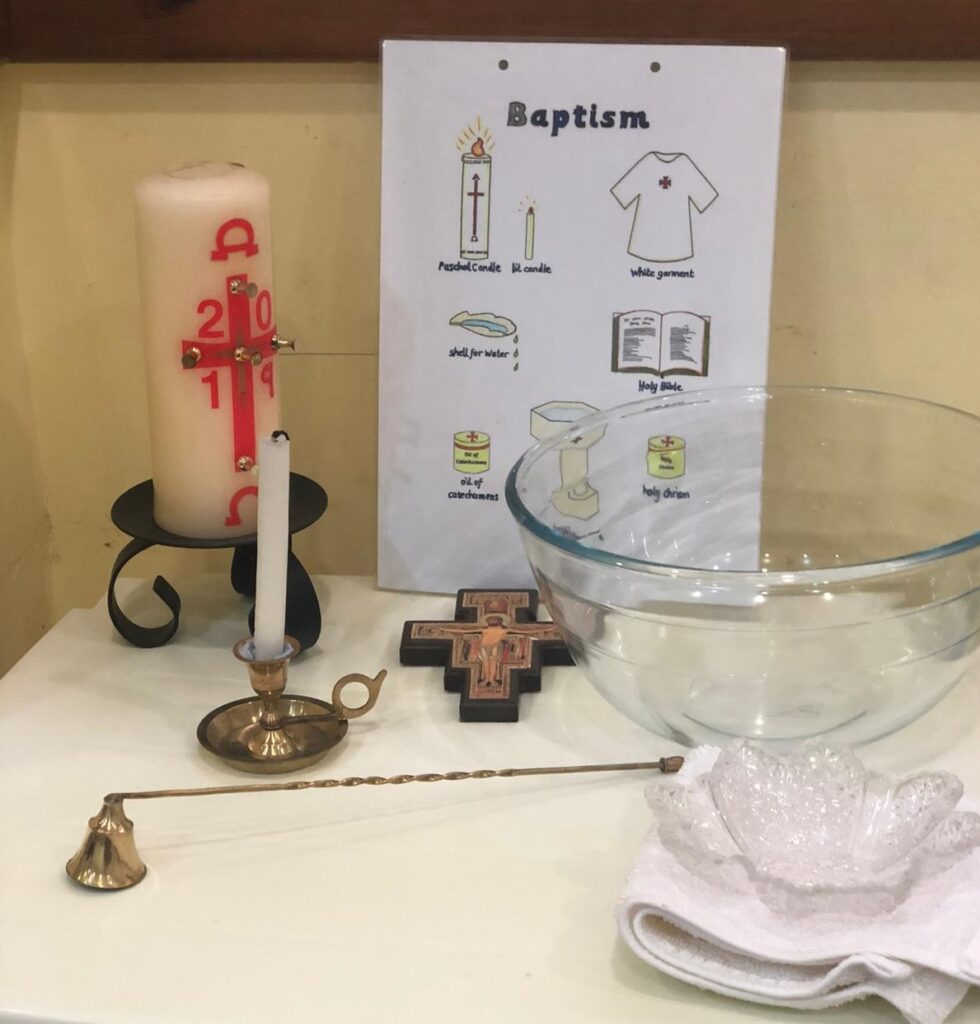
A Catechesis For Different Children
The Good Sheperd Catechises caters for different children, including those who experience a learning difficulty. In developing her educational programme Maria Montessori looked at the developmental stages of education in children. At each stage she asked, ‘What is it at this age that the child is doing? What do we need to give them?’ Maria Montessori was able to prove that, when one allows the children to use their hands and provides them with knowledge, one can achieve better results in the education of underprivileged children and children with a disability or learning difficulties than with children coming from affluent families and attending normal schools. She was able to get children from disadvantaged backgrounds to sit for mainstream exams. Christina explained how these children would pass with better grades than the other children.
The Good Shepherd Catechesis is open for every child; whether a child is autistic, very energetic or quiet. Children are all different. Hence, the stations in the Atrium may have to be changed and adapted to the particular child. Each child may also need to be monitored in a slightly different way. It is up to the catechist to discover the best way to manage each child. Sometimes a child may need individual attention or the help of a Learning Support Educator. Christina adds “When I did my Montessori teacher training I realised that every child needs attention and that they all have their specific needs.”
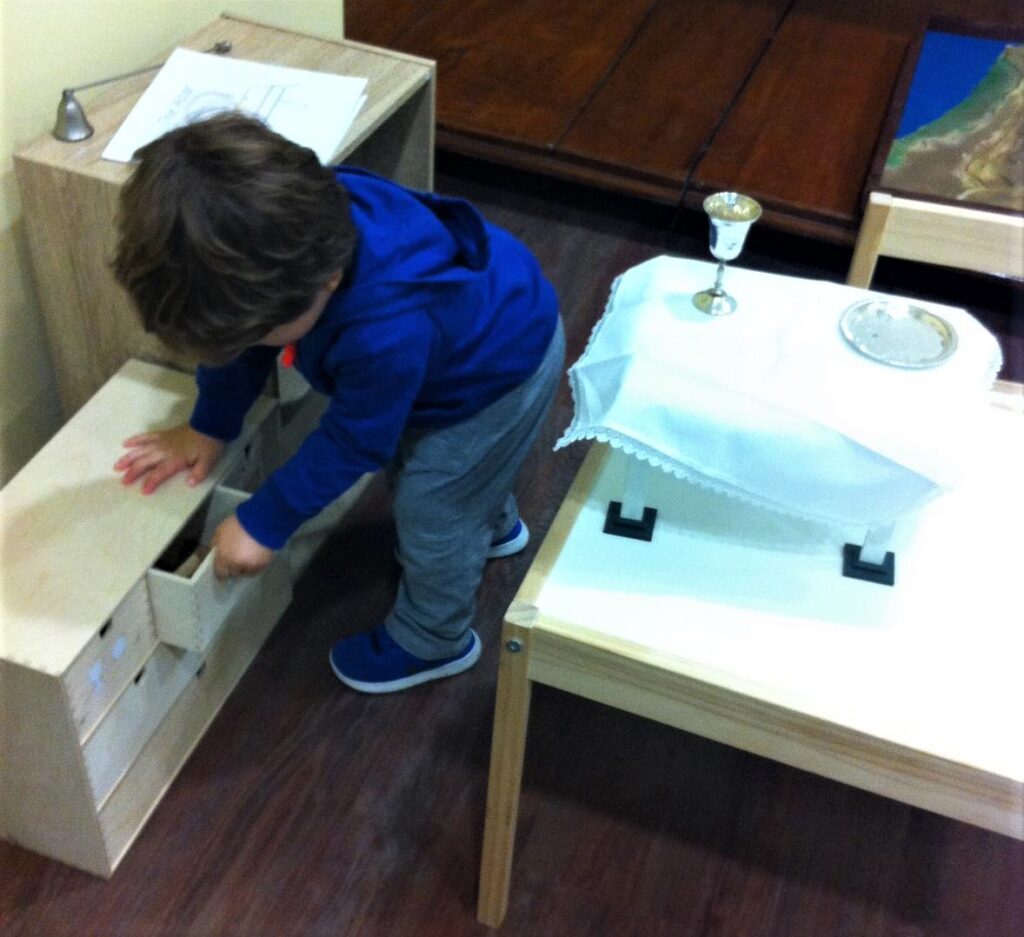
The Catechist As An Observer And Facilitator
“I really feel that God is involved in these catechism classes” says Christina. “What the children express does not come from myself. I am like a connecting bit – a conduit. My role is to help something that is already inside the child to come out. I don’t teach them to pray. They pray with words that come from their hearts. I never say, “Let’s pray for your family. They might say ‘I want to thank Jesus for my mummy and my daddy and my brother and maybe a dog, I wish to have a dog next year.’ They express their prayers.”
Christina describes the role of the catechist. “Being a Good Shepherd catechist is not about preparing notes and delivering them to the class. During class, instruction is limited. The catechist’s role in the Good Shepherd programme is to observe the children, letting them do their activity without interrupting. Sometimes it also involves facilitating. You have to trust the children to do their work well, after setting down the ground rules. Ground rules include walking slowly, speaking softly, carrying your chair, and waiting for your turn instead of interrupting or punching other people when you need something, Ground rules are very important. When these rules are respected the children can then do almost anything. But if they are not, you have children running around, disturbing others. This ruins the whole setup of the atrium.”
Christina teaches 3 to 6-year-old children. She explains how the catechist tries to limit movements so as not to distract the child. “You allow the child to focus on your hand. Then you can add some words. You try not to do two things simultaneously because, at that age, the child needs to pay attention to one thing at a time. Children can’t cope with more than one activity. So you say and do only the essential words and hand movements. You just give them what they need – essential facts.”
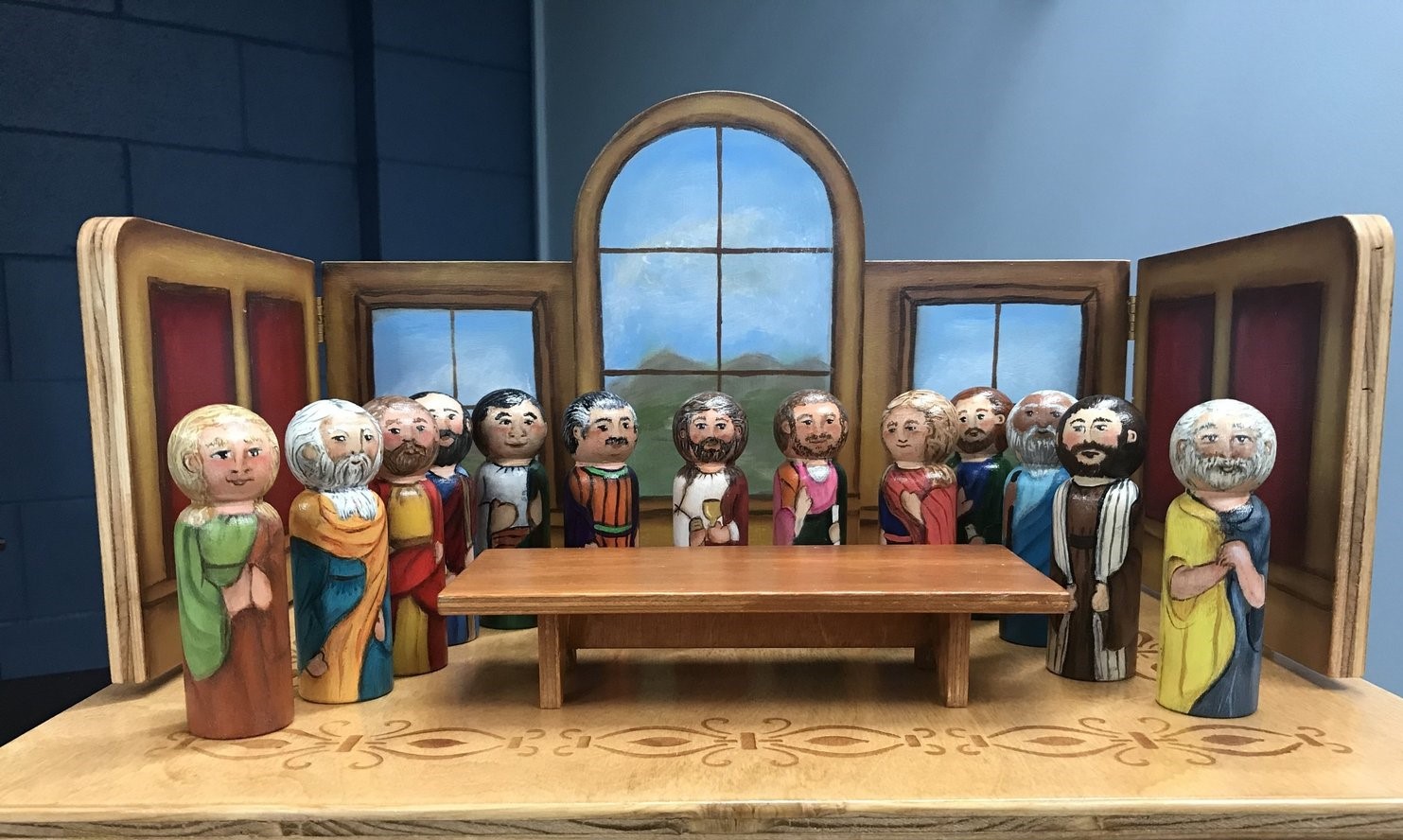
Instead Of Correcting Children, We Promote Self-Learning
In The Good Shepherd catechism classes catechists try not to correct children. It is a Montessori principle. “You can very gently say something like “I’ll be with you in a minute” and the children try to wait patiently,” says Christina. “Sometimes they nudge you again but your soft calming voice will remind them what had been said about talking softly. You don’t tell them ‘don’t you remember what we said that we speak softly?’”
A lot of the activities and practices are also good for the general development of the child. Christina says that the children start to realise when they are making mistakes and learn to self-correct. “If they drop something, they might say to themselves: ‘Maybe I was walking too fast and we’ve been told that there’s no rush.’ Actually, the vast majority of tasks in Montessori teaching are self-correcting. Telling a child that they have done it wrong might deflate them and might be a disincentive to do it again. So, we leave negative thoughts out.”
A Parent’s Review
A parent relates the experience of these catechism classes for her daughter. “Kim started Catechism of the Good Shepherd classes when she was 4 and a half years old. At the time I thought that it might be too much for her, but I was wrong. She was very keen to attend her lesson every week. In fact, she did not miss one session throughout the whole year. It was very special for her. I found that this style of teaching catechism helped me too. It is not easy to explain certain things to a child at that age. At the Atrium they do a fantastic job.
“Kim is now more aware of the presence of Jesus,” says her mother. “Moreover, when we go to church, she can understand the meaning of certain things. I think this was an amazing experience for her. I too learnt a lot with regards to what a such a small child is capable of taking in.”
A Parish Priest’s Review
At the moment Christina is giving catechism classes in St Julian’s, Malta. We contacted Fr Claude Portelli who is the parish priest. He had a very positive response for this style of catechism. He commented thus: “I have positive reactions to this catechism. The children are active during the class. We also have parents who get their children from outside the parish especially for these classes. This is the fourth year running these catechism classes and I never had any complaints.”
“This catechism also involves a lot of props. It was difficult to dedicate a room entirely for this catechism class. So, every week, the catechist has to spend time setting up the class and dismantling it after the lesson” remarked Fr Claude.
Mother Teresa’s Review
Christina also shares with us how Saint Mother Teresa realised the beauty of the Good Shepherd method of catechesis. “It is interesting to note that when Mother Teresa discovered the Good Shepherd Catechises method in 2009, she decided to include it as part of her nuns and brothers’ formation. Today every sister and brother of the Missionaries of Charity have this catechetical training. I think Mother realised how beautiful it was and the value it brings. This is something they do to the poorest of the poor. In Malta the Mother Teresa nuns have an Atrium in Birgu.”
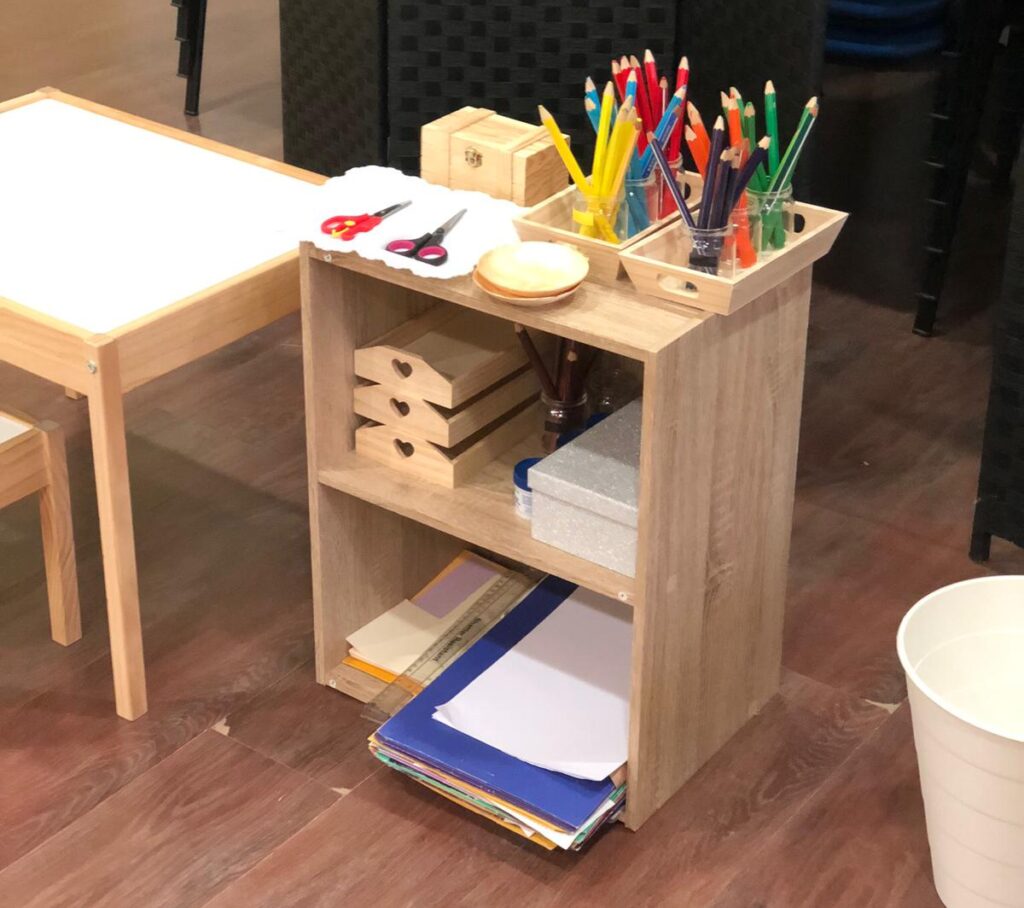
The Good Shepherd Catechesis Stages
The Good Shepherd Catechesis can be used in both parishes and schools. It has four main stages. In Malta only the 3 to 6-year-old stage is being held so far. Christina hopes that this method will be extended to the other stages. Her dream is to have this programme running in various parishes around Malta. “I work and pray for this dream to be realised as it is such a beautiful method” she says.
LEVEL I – 3-6 years
At this level the emphasis is on “God as a Loving Father”, “Jesus as the Risen One” and “We are all his sheep”. Christina explains how Jesus is presented as the Good Shepherd who provides the sheep with all that they need. “We do not give this as an answer or in summary format. We just give the children nuggets of information that allow them to work this out for themselves.”
The children get to know that there is a loving good shepherd who takes care of his sheep. Jesus, the Good Shepherd, takes his sheep to clean water, to green pastures and takes them to the pen at night. He closes the gate of the sheepfold and protects them. Jesus knows his sheep by name, and he calls them by their name. He gives them everything that they need. Jesus will also go out to look for them if they go missing, even if it is in the middle of the night. While learning about Jesus as the Good Shepherd, the children start to understand that there is this loving figure who will do everything for them. Jesus will even lay down his life as they read in the scripture.
LEVEL II – 6-9 years
The emphasis at this stage is “What is God’s plan?” and “What is my role in the community?” Christina describes how “At six years of age moral reasoning starts. In catechism class the children are introduced to how one reacts to different kinds of behaviour. We present the parables of mercy and justice. Jesus’ teaching “Do to others what you would have them do to you” is also introduced to the children. So the moral intelligence that children develop at this age – the reasoning about good and bad – is introduced after they have acquired a solid foundation, knowing that Jesus is a loving Shepherd. The children already know that Jesus loves them, that they can change, and that they can go to him for reconciliation.”
The sacrament of reconciliation is explained as an opportunity to receive a clean sap. This is how Christina describes it: “We see ourselves as branches on a tree. When we sin we don’t see it as a failure; we say that it is a blockage in the sap and that it needs to be cleaned out and purified by the Holy Spirit. Therefore, by going to the sacrament of reconciliation the children learn that they are having their sap cleaned out and renewed so they can start again. We don’t say it’s a failure because sin is part of our human nature.
We all make mistakes but we need to get up again. Every time we fall, God encourages us to get up again. So, in catechism children realise that the Sacrament of Reconciliation is an opportunity to get closer to God; to start afresh. It’s not about failure, but it is a gift.”
LEVEL III – 9-12 years
The emphasis at this level is “What is God calling me to do as His co-worker in the Kingdom?” and “What are the gifts that I have been given to use in this work?” Christina explains that this stage includes the Sacrament of Confirmation.
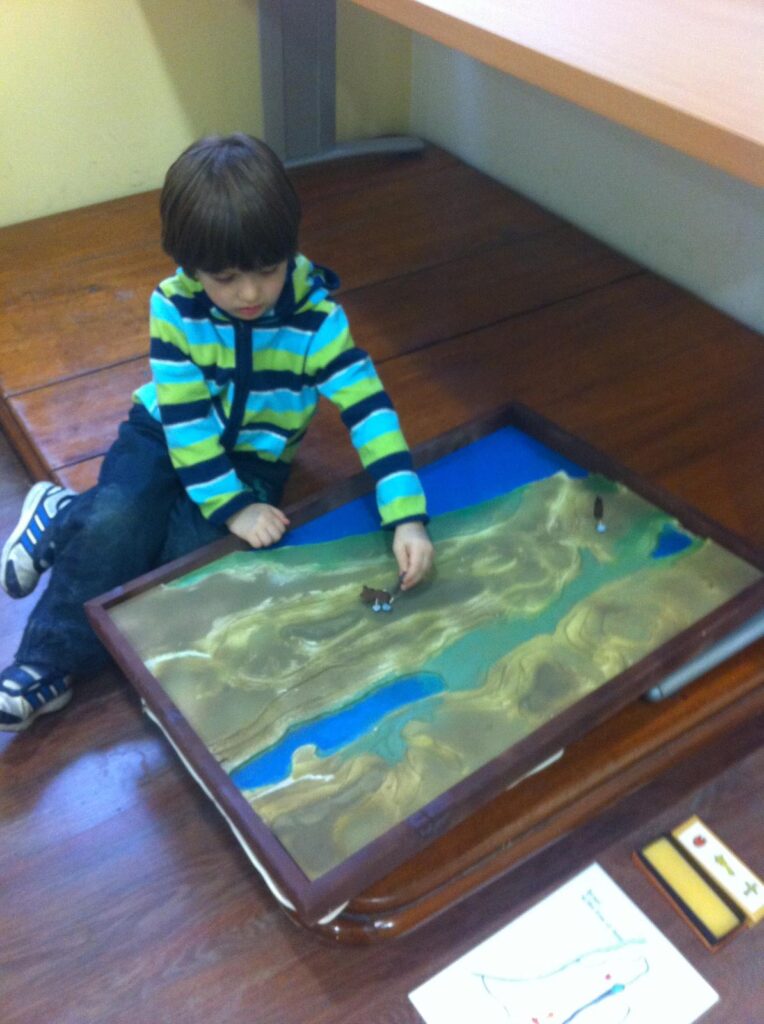
The Good Shepherd Catechesis Is A Discovery Of Faith
The Good Shepherd Catechesis has spread in 35 countries, in 6 continents since it started in 1954. “This is not catechism in the usual way. There isn’t a formal answer, as you would find in the Catechism of The Catholic Church, which goes: question 1 and answer 1, question 2 and answer 2. This catechesis, and all catechesis in general, are more about providing an idea and then letting it grow inside you. Thus, each person will have a slightly different answer. Through catechesis you are discovering that answer. So, you are part of the discovery process. It is more about a discovery of faith; an understanding of one’s faith through one’s own lived experience with a bit of guidance to help form it” explains Christina.
The Good Shepherd Catechesis Training Course
Christina has helped in organising six training courses in London and in Malta to lay people and to the nuns of the Missionaries of Charity. She now plans to organise another course in 2020 “The training course to become a Good Shepherd Catechist is quite intensive. It involves 90 hours of training. This course is beneficial for those who plan to be catechists and also to those parents who wish to understand more how the faith can be passed to their child at different stages of their life. Those who are interested can contact Ms Christina Manara at [email protected]
Read more:
– Listening To God With Children: The Montessori Method Applied To The Catechesis Of Children, Gianna Gobbi, 2000.
– The Religious Potential Of The Child, Sofia Cavalletti, 1992.
– The Good Shepherd And The Child: A Joyful Journey, Sofia Cavalletti, Gianna Gobbi, Patricia Coulter, Silvana Quattrocchi Montanaro, Rebekah Rojcewic, 1994.
– Catechesis Of The Good Shepherd In A Parish Setting, Tina Lillig, 1998 .
– The Child In The Church, Maria Montessori, 1929.
Explore more on these websites:
– Catechesis Of The Good Shepherd UK
– The United States Association Of The Catechesis Of The Good Shepherd

